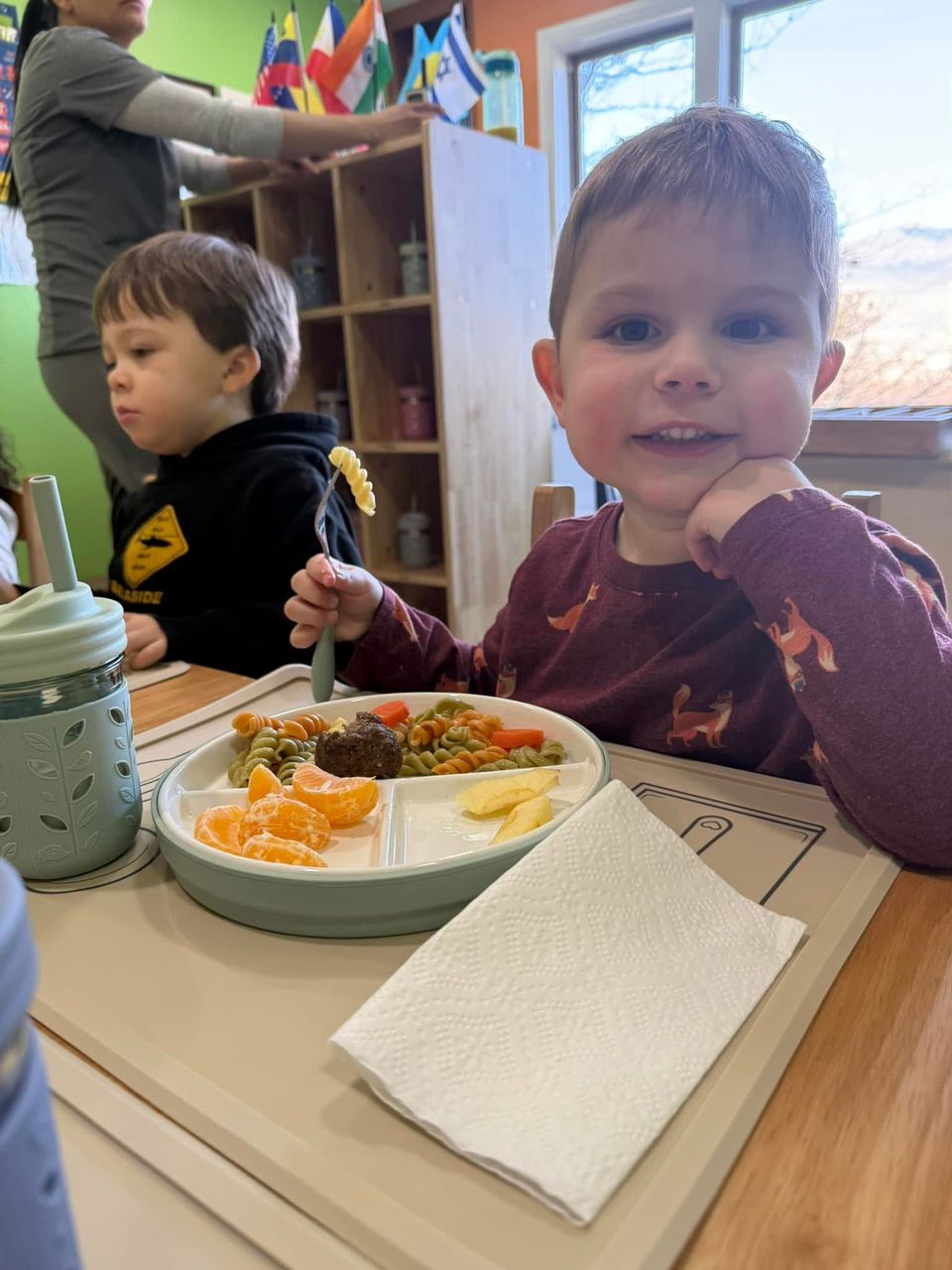The
Prepared Environment
The Montessori classroom is referred to as the prepared environment. It is a meaningfully structured learning space where everything has a purpose and a place. Furniture is light and child-sized, learning materials are designed to fit in children’s hands, and everything is designed to be open and accessible. The prepared environment activates a love of learning through curiosity, stability, and the freedom to choose.
The Montessori
Classroom is a Prepared Environment
The Montessori classroom is known as the prepared environment because it is purposefully prepared by a trained Montessori educator to create the
optimal learning environment for children. The classroom itself is neutral, open-plan, and has a distinct sense of order, beauty and harmony. Everything has a purpose and a place.
The wonder of Montessori learning is clearly evident when you see children interact with the prepared environment. You won’t see a teacher directing a Montessori lesson at the front of the classroom, or all students simultaneously seated at individual desks.
Instead, you will see children moving freely around the classroom, choosing their own activities, and working individually or in small groups. They may choose to work at a table, or on the floor, with a small mat to clearly delineate their workspace.
Similarly, you won’t see a teacher hovering over children correcting their work. Instead, you will see educators standing back, keenly observing their students, and only stepping in to assist when needed.
Children are able to deeply engage in their own learning, progress at their own pace, and discover learning outcomes through repetition and practice. Learning in the Montessori environment is largely active, individually paced, often self-correcting, and completely tailored to the needs and interests of each individual child.
The
Prepared Environment
Order
The prepared environment is a calm and structured learning space where children know what to expect. There are dedicated shelves of materials for each curriculum area, designated space to work at a table or
on the floor, an area for meal times, and the ellipse where the children gather together. There is an organic flow for movement, learning, and exploration. Child-Sized: Doctor Montessori observed that children experience frustration in an adult-sized world. This is why she designed child-sized furniture, accessible low open shelves, and learning materials that easily fit in a child’s hand. Everything in the prepared environment is purposefully designed to support children’s independence and self-mastery.


Beauty
Montessori classrooms are clean, orderly, and have a neutral colour palette. The environment is largely crafted from natural materials, organised, and beautifully displayed with care and thought. There are minimal vibrant colours on the wall, art is neatly displayed in a dedicated space, and there is no central focal point.

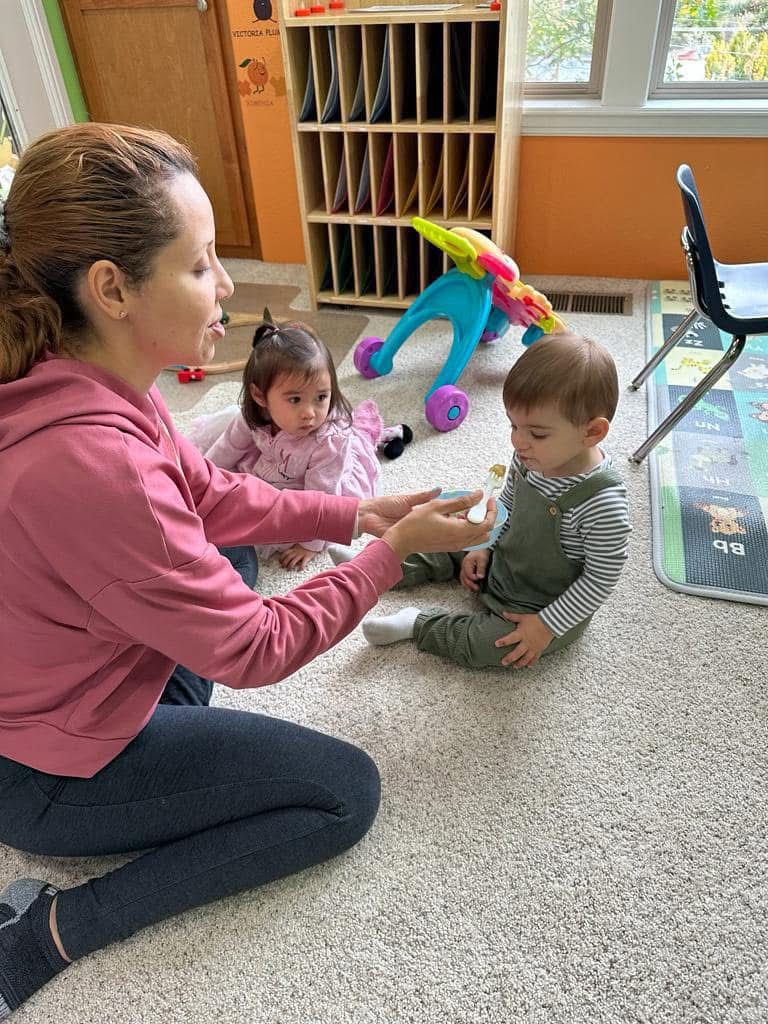
Real
The Montessori approach emphasises the use of real-life objects in the classroom. This includes using real photographs of animals and objects, as opposed to cartoons, and using ceramic bowls and metal utensils over plastic substitutes. The reason for this is to provide children with real-life learning experiences that build their confidence and competence for real-life situations.

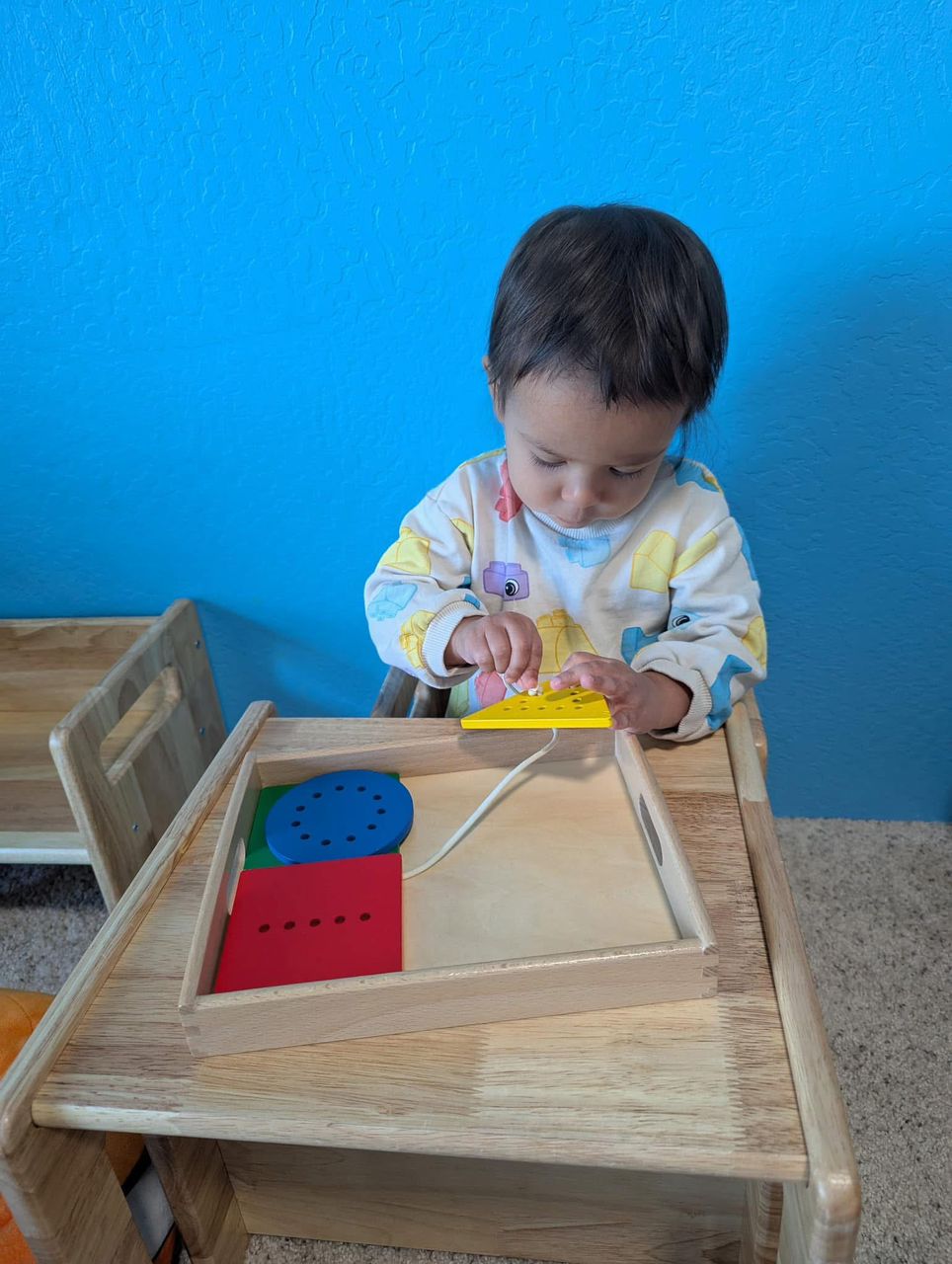
Freedom and Choice
Within the prepared environment children experience freedom of movement, freedom of choice, and freedom of time. Students are able to follow their own interests, work with an activity for as long as they choose, and work how and where they like.


Left to Right Progression Order
In the prepared environment, the Montessori materials are grouped by their curriculum area, and displayed from left to right in progression order, from easiest to hardest. This logical structure provides a clear pathway for learning.

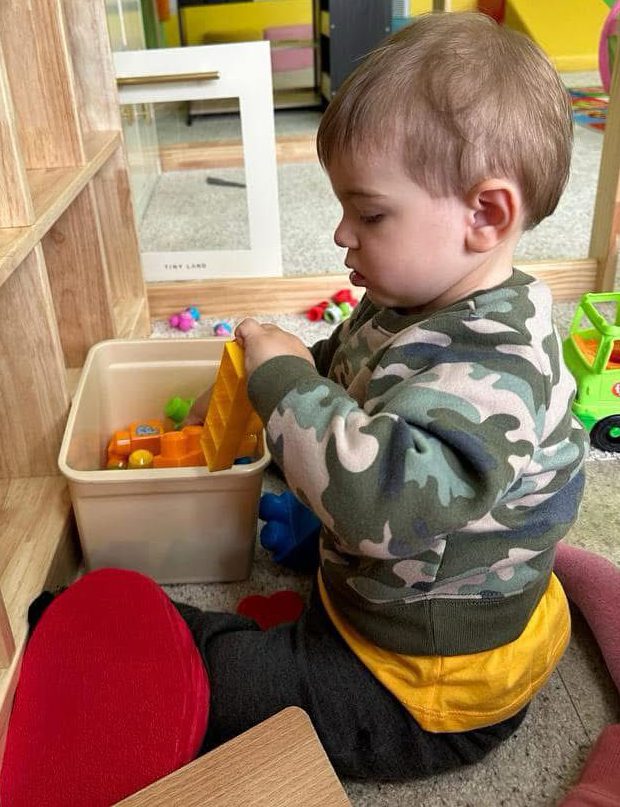
Harmony
There is a distinct sense of peace and harmony in the prepared environment. Students move carefully, define their work space, and respect each others work. The children instinctively work together to create a harmonious classroom community that is essential to learning, concentration, and exploration.

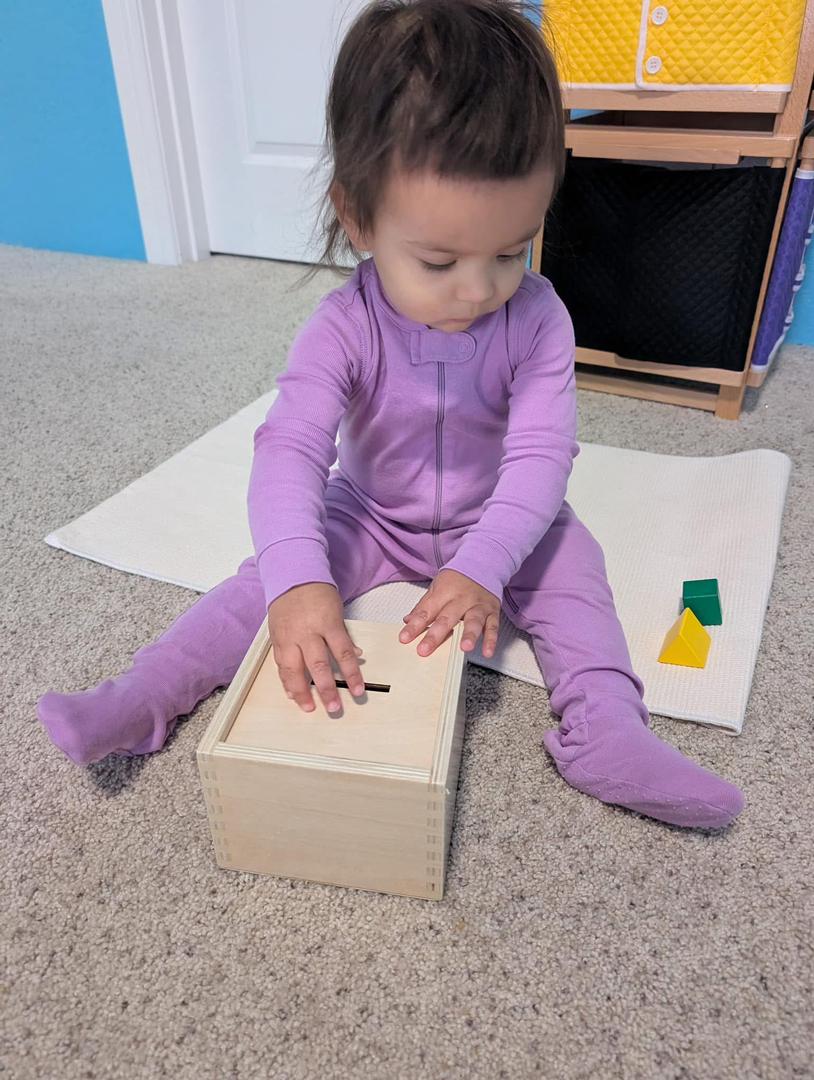
Freedom within Limits
Refers to the ground rules of the prepared environment. Children have the freedom to follow their own interests, move freely, and choose their work, as long as their behaviour is reasonable and acceptable.

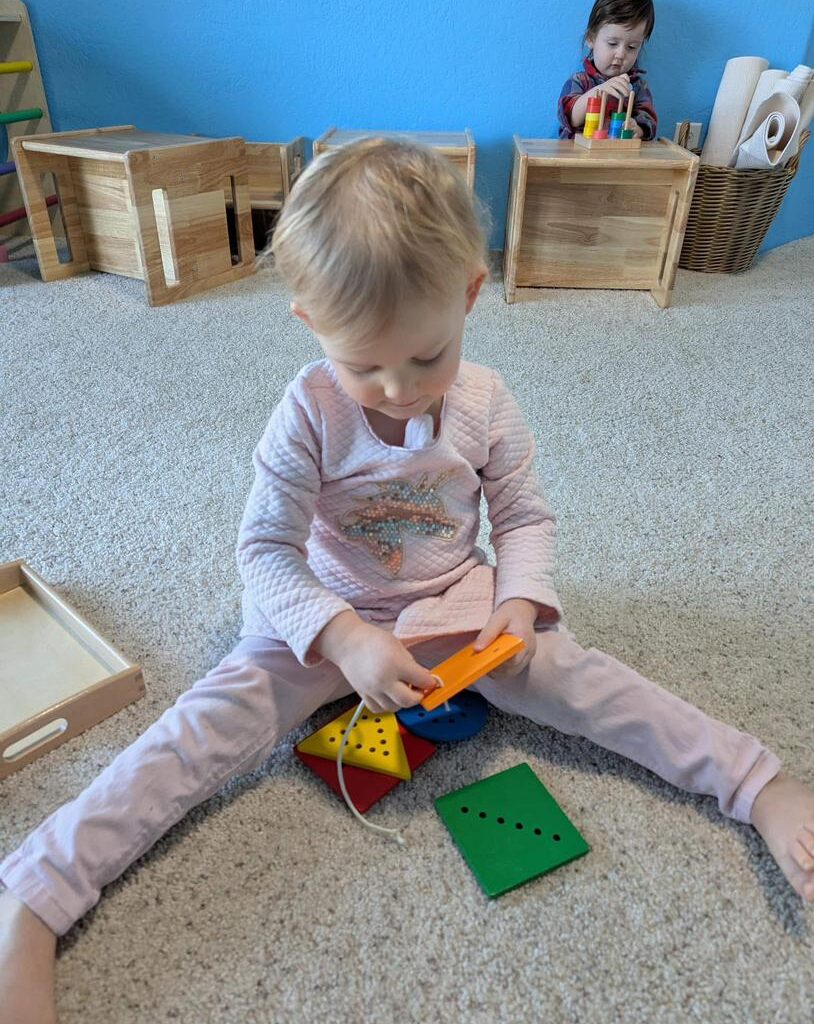
Stability
The Montessori classroom is a stable learning environment that rarely changes. Shelves and furniture rarely move so that children always know where to find them and where they belong. This stability assists children in developing a sense of security and familiarity with the environment. The core Montessori materials do not change; however, new activities, particularly in the area of practical life, are often introduced to reflect children’s interests.

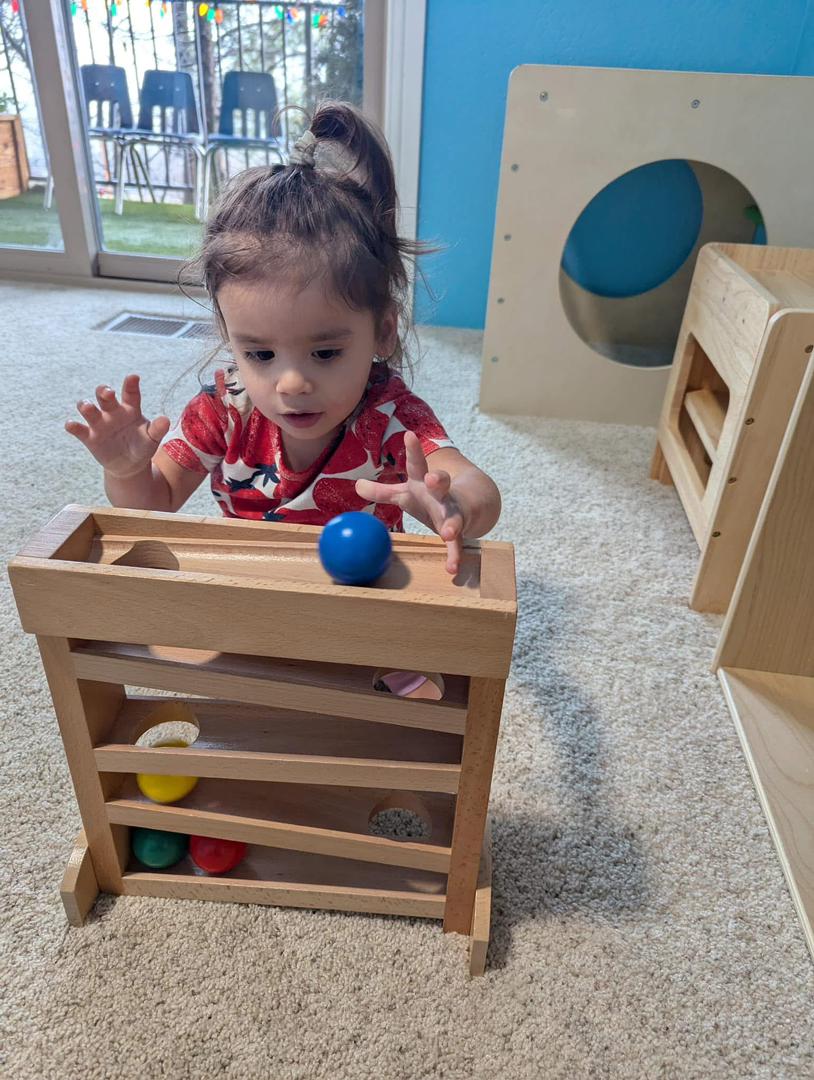
Independence
The prepared environment provides children with a safe place to explore and develop their independence. Children’s independence is supported through the structure of the prepared environment, the
Montessori materials, the curriculum areas, and the guiding role of the educator. Children are actively encouraged to do and think for themselves.

